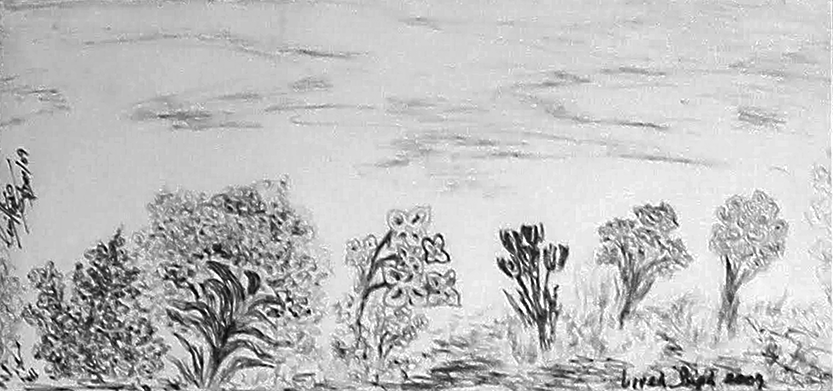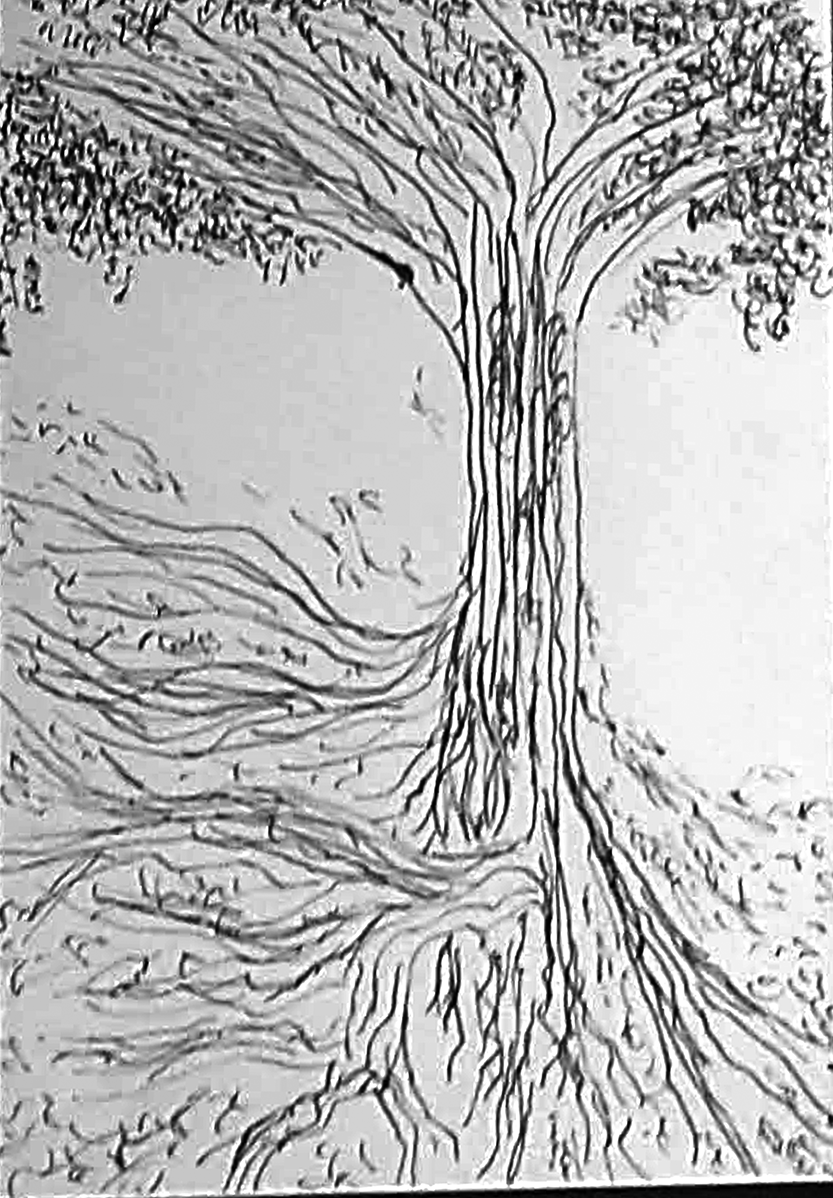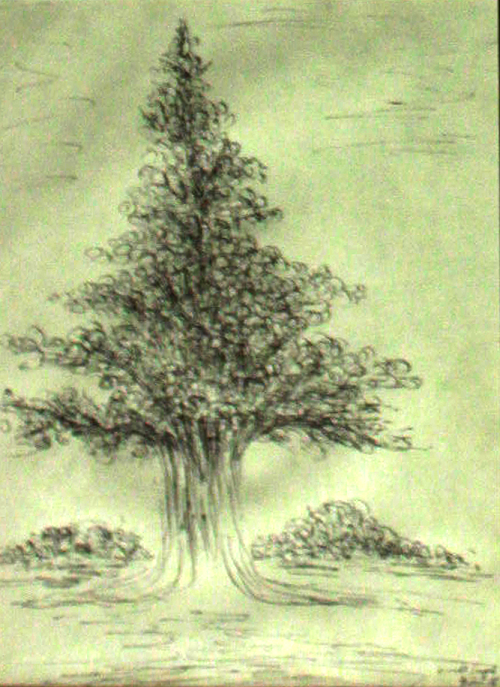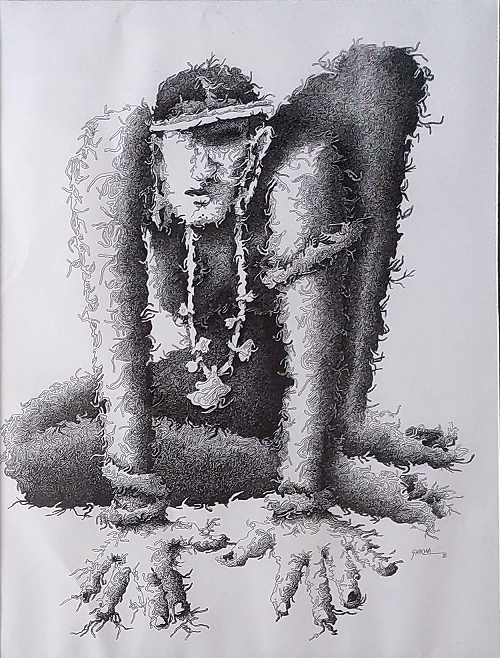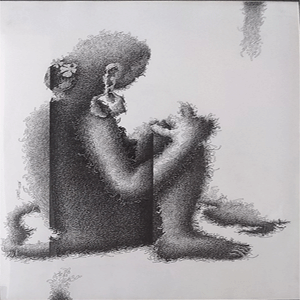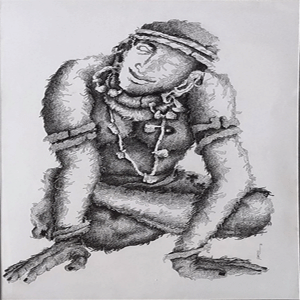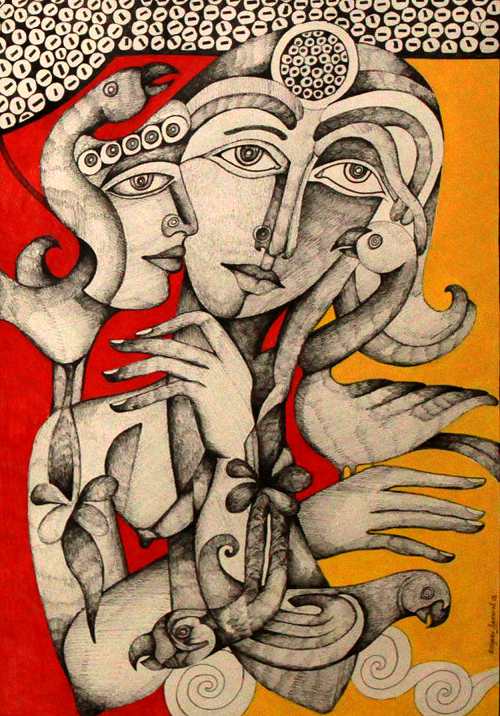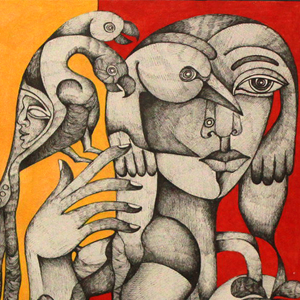Ink Painting
-
My Garden
₹10,000.00 ₹8,500.00 -
Roots
₹8,000.00 ₹6,000.00 -
Christmas
₹8,000.00 ₹6,000.00 -
Resistance
₹92,500.00 -
Solitary
₹92,500.00 -
Smile
₹92,500.00 -
Dream Kingdom 3
₹55,000.00 ₹45,900.00 -
Dream Kingdom 2
₹55,000.00 ₹45,900.00
Pen drawings on paper represent a clarity of thought and often, sharpened skill at the artist’s hand. Supporting both the casual doodler and the creative energy of a professional, ink or ballpoint pens, both seem to become the device of operation- strong clear lines or breaking lightly-stretched flourishes, the mood of an artwork with pen on paper, definitely sends the spectator questioning and reflecting. With pens as the artist’s choice weapon, everything from the thickness of the nib to the angle in which it is held, translates onto the paper. If ink pens are used, the strokes and the spreading of ink define the mood of the drawing. Popular Spirograph art in America, which found fame during the advent of the psychedelic culture of the 1960s, included colorful points (black, blue, red, green) as part of its boxed set.
The artistic use of pens has taken as many turns as any artistic movement that is officially recognized; photorealist and natural photography, contemplative repose scenes, surrealistic landscapes, and minimalist or abstract works are among the few styles with which ballpoint art experiments.The speed of the ball point makes the pens suitable for quick, easy drawings while on the go, and attracts artists whose natural instincts cannot be ignored or prepared for longer periods of time. For artists whose interest requires the accuracy of the line work, the points are clearly appealing; ballpoint pens allow sharp lines that are not made effectively by using a brush or finger-work. Ballpoint pen drawings are sometimes associated with folk art, given to the accessibility and affordability of the medium. Using points to create a work of art corresponds to a tendency that is not in line with self-teaching, called external artists. Samuel Silva, a Portuguese lawyer who portrays himself as a "hobby painter" drew the attention of the internet in 2012 with his photorealistic ballpoint drawings using a variety of ballpoint colors, which still remain modern emblems of pen artwork on paper.
Pen and ink have always been the mainstay of Asian art and calligraphy in China, Japan and Korea. The traditional Chinese painting is made of animal hair brushes dipped in black or colored ink. Oil is not commonly used.The most popular type of support is paper or silk; finished paintings were usually put on scrolls, which were hung or folded. During the Renaissance, the stylus, metal point, and pen with ink were regarded as fine linear media as opposed to a wide line of charcoal and chalk. Ink remained popular throughout the Renaissance with various designs ranging from quick drawings to detailed designs. Washing and highlighting provided additional effects. However, despite the ease of liquid medium, the need to dip the quill repeatedly makes ink unsuitable for large drawings. ‘Youth Running Extended Left Arm’ by Michelangelo using pen and brown ink and ‘View of Arles’ by Vincent Van Gogh, ink with reed and bath ink, are some of the more famous examples of this unique medium. While the debate between dip pens, reservoir pens and fiber-tipped pens seems ongoing, the ever-expanding development of computer software programs such as Photoshop and Piranis enables artists to take pictures automatically and recreate the image in the form of a pen and ink drawing. Such digital or computer imagination only advances the flexibility and vision of this medium, whose casual precision and evocativeness belies its steady and dedicated technique.







